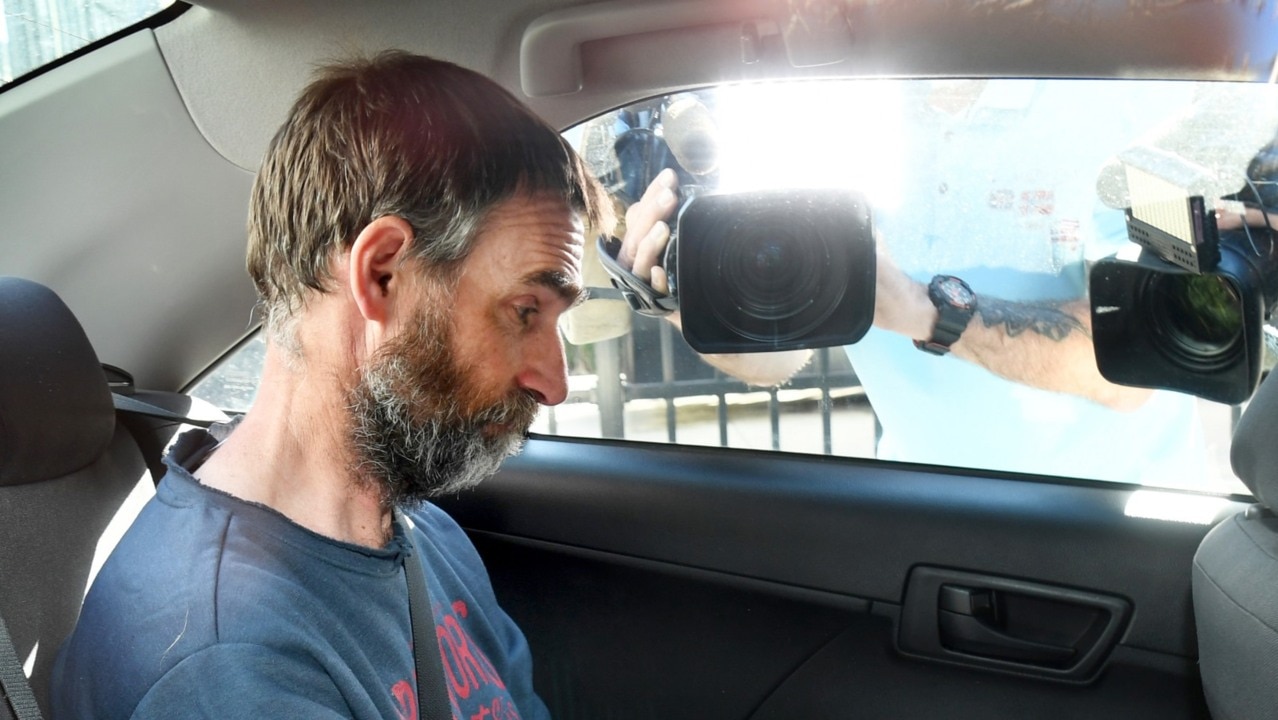SA’s DNA database yielding police a 70 per cent strike of positive matches
Almost 10 per cent of SA’s population is now recorded on the DNA database – with police scoring a 70 per cent strike rate with hits.

SA News
Don't miss out on the headlines from SA News. Followed categories will be added to My News.
Nine per cent of the state’s population – 161,000 individuals – are now registered on the DNA database.
And the continuing growth of the database in proving a bonus for police in solving crime, with seven out of every 10 samples submitted for testing yielding a positive match.
Besides the 161,000 person profiles – both convicted criminals and suspects – there are also now 27,000 crime scene samples on the database.
This compares with 25,000 crime scene samples and 148,000 person samples in 2020.
Forensic Science SA acting director Andrew Camilleri said both the percentage of the population on the database and the strike rate for matches was “among the highest in the world.’’
“It will fluctuate from time to time as population changes, but I think nine per cent is a significant portion of the population compared to similar databases that operate internationally,’’ he said.

“The 70 per cent hit rate is as good as you will find anywhere in the world and demonstrates the effectiveness of the database. It shows the value of having offenders and suspects on the database because it often leads to successful outcomes in criminal activity.’’
So far this financial year police have submitted samples for testing in around 2000 cases – both major indictable cases, such as murder and sexual assaults, and minor indictable matters such as break-ins and theft matters.
SA’s DNA database was introduced in 1999 after several months of intense debate between police and the state government over the strength of the legislation. Initially only the profiles of convicted criminals were retained, but in 2007 it was amended to allow suspect samples to be retained – making it far more effective for police.
Scientists at Forensic Science SA have been at the forefront of DNA technology initially with the use of the rudimentary Quadruplex system and then with the introduction of the supersensitive Globalfiler and STARmix interpretative software systems that has assisted in many of SA’s cold case murder investigations.

SA has also been at the forefront of familial DNA technology that enables police to identify an offender using the DNA of a close relative who is already on the DNA database.
It was first used successfully in Australia in SA in 2015 to catch and convict the North Adelaide serial rapist and was also responsible for the breakthrough in the 1993 cold case murder of Suzanne Poll.
Mr Camilleri said FSSA continued to use familial testing technology when traditional methods have not proven successful, with new cases examined for police regularly.
He said FSSA was now leading the nation with a new technique called Activity Level Reporting which essentially examined the activity at a crime scene that resulted in the DNA transfer, as opposed to simply just the DNA profile itself.
“As technology has advanced our interpretational capabilities have advanced, we can detect DNA levels which can be transferred via various mechanisms,’’ he said.
“We apply statistical approaches to consider the likelihood of a transfer matching the suspects version of events.’’




